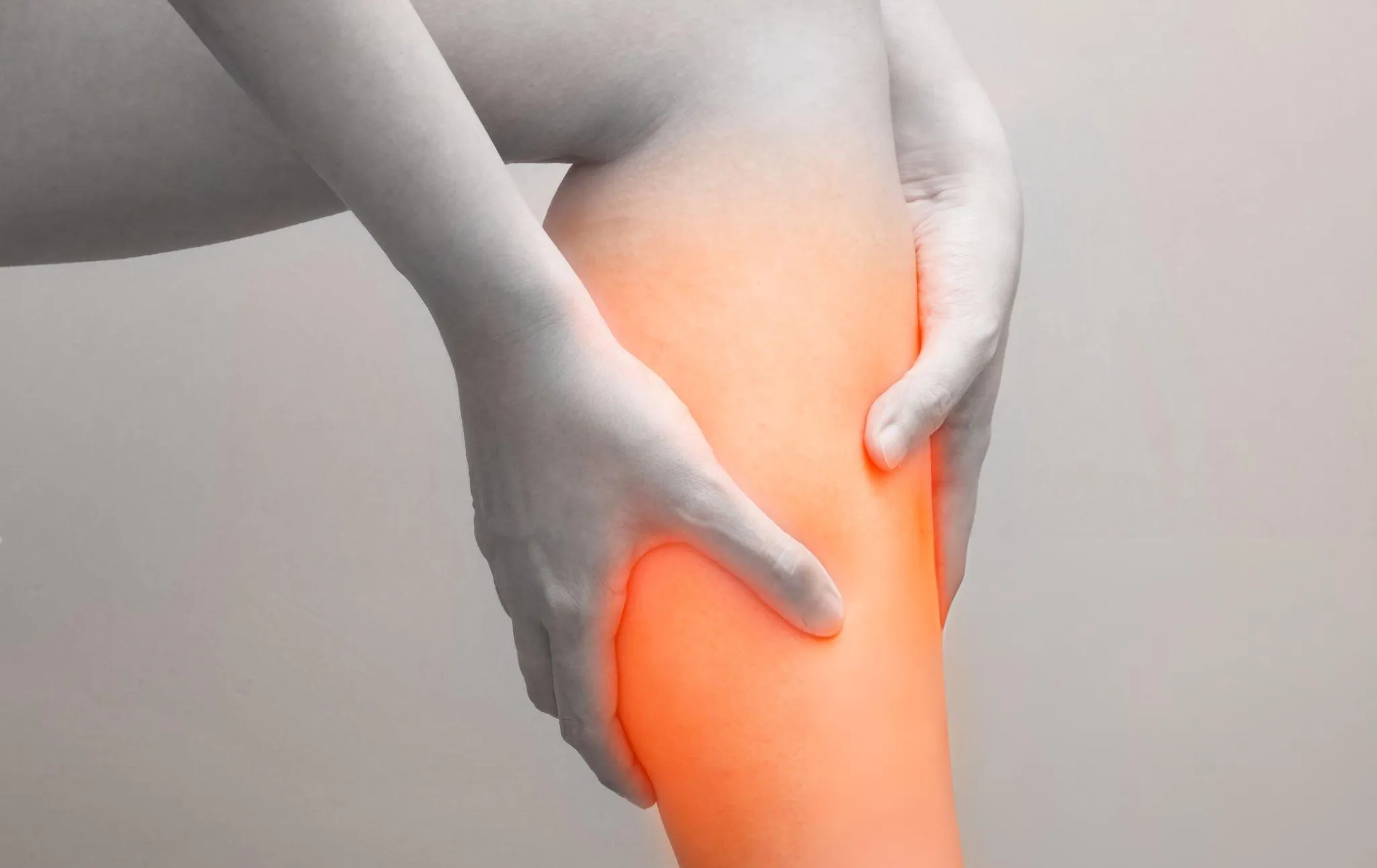Restless legs syndrome is characterised by using unpleasant or painful feelings in the legs, as well as an insatiable preference to transport them. People with restless leg syndrome (RLS) are labeled as having a sleep problem for the reason that signs and symptoms are as a result of resting and trying to sleep, and as having a motion sickness because they may be forced to transport their legs with the intention to alleviate signs and symptoms. It is defined as a neurological sensory sickness, with signs that are generated by the mind itself. It takes place within the nighttime or at night, whilst you are sitting or mendacity down on a chair. Moving about helps to relieve the unpleasant feeling for a short time.
Even at a young age, it is possible to acquire restless legs syndrome, commonly known as “Willis-Ekbom sickness,” and the disease often worsens with increasing age. It has the capability to set off sleep disturbance, which may make it difficult to perform day by day responsibilities correctly.
Simple self-care strategies and dietary adjustments can be powerful in assuaging signs. Many individuals who suffer with RLS get relief from medication.
Causes
RLS is often associated with no known etiology. The imbalance of the brain chemical “dopamine,” which transmits signals to regulate muscular action, is suspected to be the origin of the illness, according to the researchers.
Heredity: Restless legs syndrome runs in families in certain cases, particularly if the disease manifests itself before the age of 40.
Pregnancy: When you are pregnant or going thru hormonal changes, your RLS symptoms and signs may temporarily boom. When a woman is pregnant, she is more likely to have RLS for the first time. Symptoms typically disappear after childbirth.
Risk Factors: RLS may manifest itself at any age, even throughout infancy. The condition becomes more prevalent as one’s age increases, and it is more prevalent in women than in men.
A critical underlying medical condition isn’t always constantly linked with stressed leg syndrome (RLS). However, it’s miles now and again linked with different issues, which includes those indexed underneath.
Peripheral neuropathy is a neurological situation that influences the peripheral nerves. Chronic ailments which include diabetes and alcoholism may additionally motive nerve damage for your palms and feet, that could result in numbness and tingling.
Deficiency in iron. Iron deficiency may develop or exacerbate RLS even if there is no evidence of anemia. The possibility of iron deficiency arises in the presence of a history of stomach or intestinal bleeding, as well as the presence of heavy menstrual cycles or the need of frequent blood donations.
Kidney failure is a medical emergency. Having renal failure increases your risk of having iron shortage, which frequently manifests as anemia. When your kidneys are not working correctly, the amount of iron in your blood may drop. This, as well as other changes in the body’s chemistry, may contribute to or exacerbate RLS.
People with spinal cord disorders are more prevalent as restless legs syndrome is associated with lesions on the spinal cord that have formed because of damage or injury to the cord. Restless leg syndrome may also occur if you have previously had spinal cord anesthesia, such as a spinal block, which increases your chance of developing the condition (RLS).
Symptoms
The primary RLS symptom is a strong desire to move one’s legs. The following are common signs of RLS that occur in conjunction with it:
Sensations that begin to appear after a period of relaxation. When you have been laying down or sitting for a long period, such as in a vehicle, aircraft, or movie theater, you will usually feel the feeling begin.
Movement brings about a sense of relaxation. Movement, such as extending your legs or taking a stroll, may be beneficial in alleviating the sensations associated with RLS symptoms.
Symptoms become more severe in the evening. The majority of the symptoms manifest themselves at night.
Leg twitching is persistent during the whole night time period. Perhaps restless leg syndrome is linked to another, more frequent disorder known as periodic limb movement of sleep, which causes your legs to twitch and kick during the night, and perhaps throughout the whole night, forcing you to wake up from your sleep.
When it comes to RLS signs and symptoms, the most often said ones are bizarre, ugly sensations within the legs or ft. They are most often skilled on each aspects of the frame at the equal time. A smaller number of people experience sensations in their arms.
It is possible to characterize the feelings, which usually occur inside the limb rather than on the skin, as follows:
- Itching
- Pulling
- Throbbing
Individuals who suffer with RLS do not often characterize the symptoms as a muscular spasm or numbness. It is everyday for signs to alternate in depth over the years. In other cases, signs might also subside for a time period before reappearing.
Diagnosis
After reviewing your medical records, your doctor will inquire about the symptoms you are experiencing. Your medical doctor may perform a physical exam in addition to a neurological evaluation. Blood tests, especially for iron deficiency, are advised based on your symptoms that allows you to rule out any other feasible causes of your signs and symptoms
The doctor can also send you to a snooze professional if the situation warrants it. If you’re suspected of having every other sleep trouble, such as sleep apnea, you may be required to spend the night time in a nap health center in order that physicians may look at your sleep. A sleep take a look at, alternatively, is generally now not required for the diagnosis of RLS.
Treatment
When an underlying illness like iron deficiency is dealt with efficaciously, it could regularly bring about a sizeable reduction within the severity of RLS symptoms. It is possible both to get iron dietary supplements orally or intravenously in an effort to rectify an iron deficiency inside the frame. The use of iron supplements.
If you have RLS without a co-existing disease, therapy is mostly focused on modifying your lifestyle. If none of these options is successful, your doctor may prescribe medicines to you.
Prescription medicines for RLS treatment include:
- Sleep medications
- Muscle relaxants
- Medications increasing dopamine
- Opioids
When to See a Doctor
Restless leg syndrome (RLS) may additionally impair your sleep, set off daylight hours sleepiness, and impair your average quality of life. If you think that you will be struggling with RLS, see your physician.















Leave a Reply